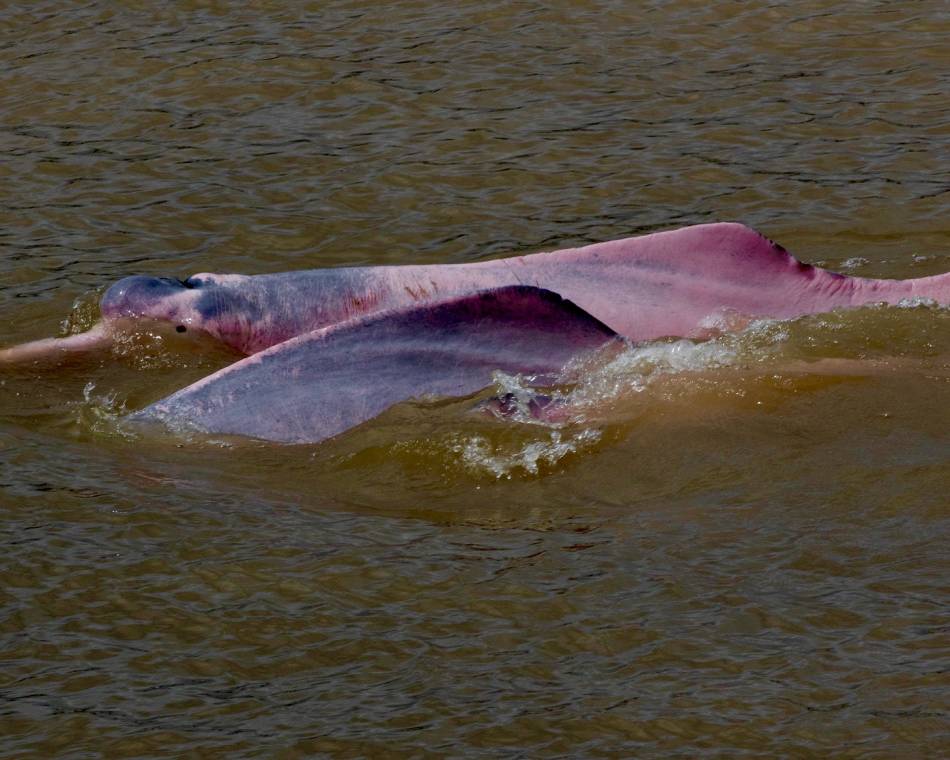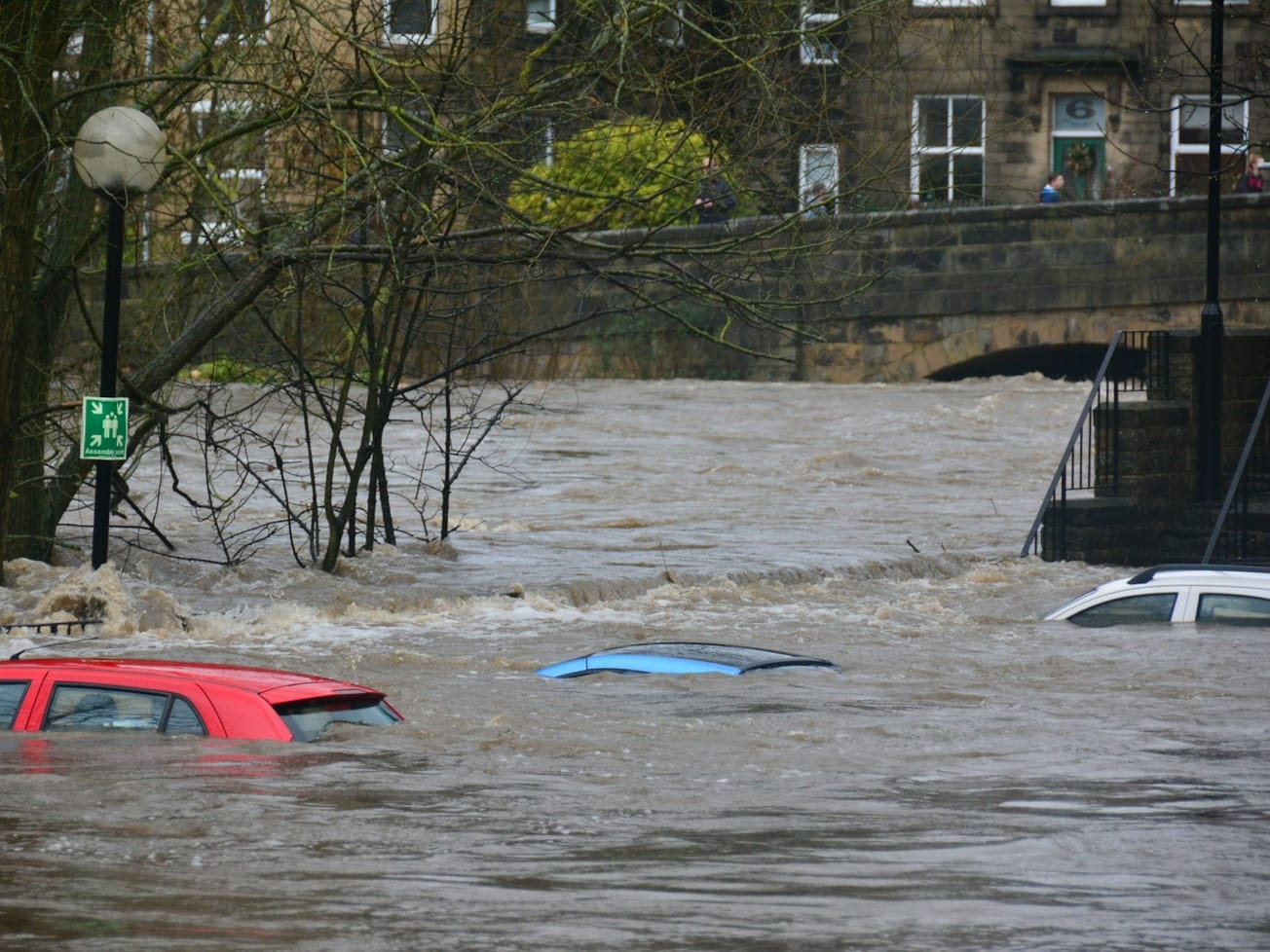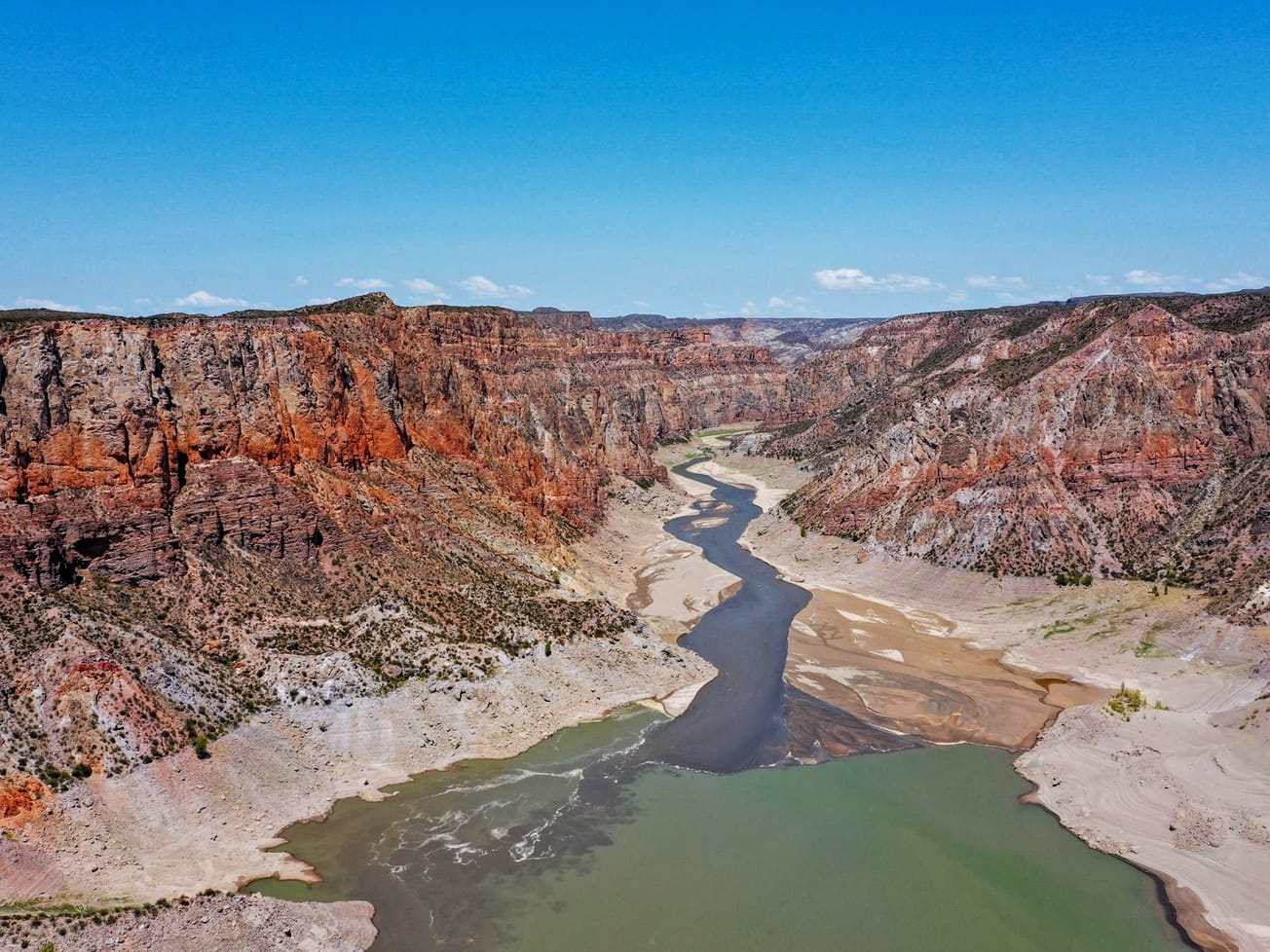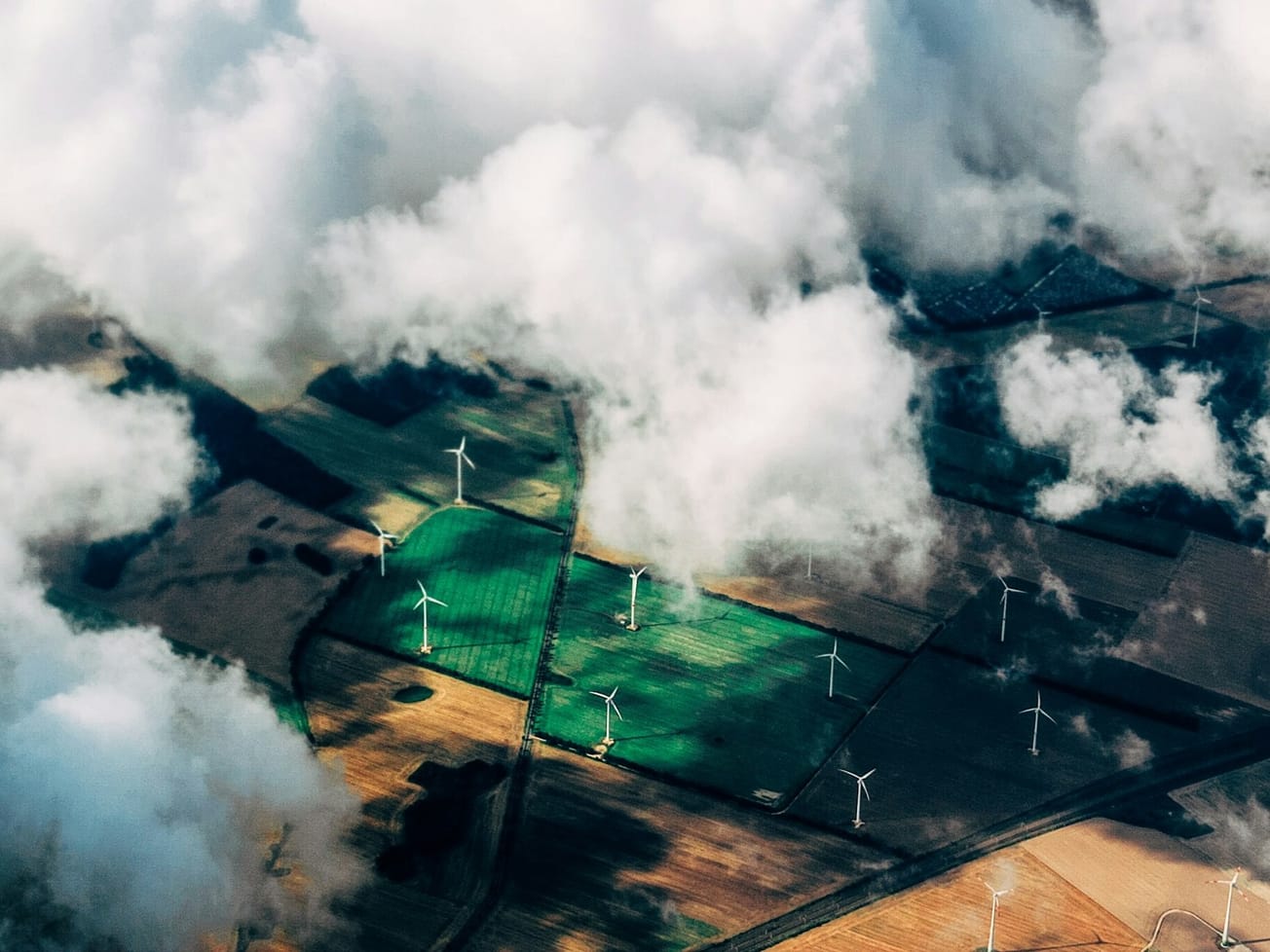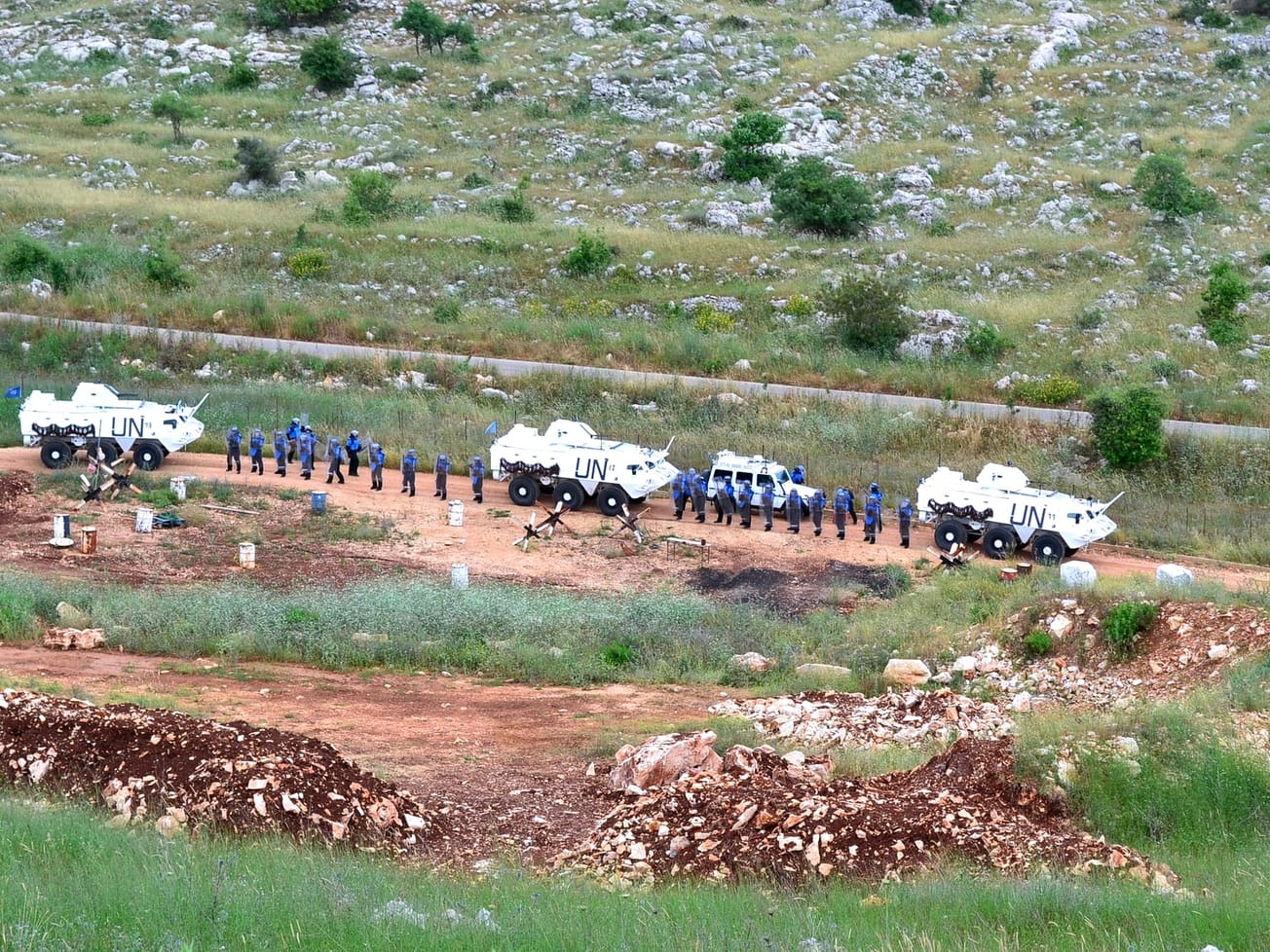Global populations of wildlife species suffered an average decline of more than two-thirds over nearly half a century from a "broken relationship with nature" despite some conservation efforts, a new WWF International report found.
"Today we face the double, interlinked emergencies of human-induced climate change and the loss of biodiversity, threatening the well-being of current and future generations," the report issued on Thursday from WWF, a Swiss-based NGO, said.
Around the world, the relative abundance of monitored wildlife populations showed "a shocking two-thirds decline" — an average 69% — between 1970 and 2018, the report found.
"The message is clear and the lights are flashing red," the authors wrote. "The COVID-19 pandemic has given many of us a new awareness of our vulnerability. This is beginning to challenge the unthinking assumption that we can continue to dominate the natural world irresponsibly, taking nature for granted, exploiting its resources wastefully and unsustainably, and distributing them unevenly without facing any consequences."
The 2018 data covered the status of more than 5,000 species among 32,000 wildlife populations. The main factors blamed for the species' declines were climate change, deforestation, human exploitation, and pollution. The largest global decline, 83%, was in freshwater species populations.
Breaking: WWF’s 2022 Living Planet report shows an average 69% plunge in global vertebrate populations - mammals, birds, amphibians, reptiles and fish - in less than a lifetime. https://t.co/93MIYY3V5e
— WWF News (@WWFnews) October 13, 2022
'Land-use change' the biggest threat
The biggest regional decline in average population abundance, 94%, was in Latin America, where a single population of Amazon pink river dolphins, or botos, in the Brazil's Mamirauá Sustainable Development Reserve fell by as much as 65% between 1994 and 2016.
But there were some signs of hope, such as with rebounding populations of mountain gorillas in the Virunga Mountains along the northern border of Congo, Rwanda and Uganda, and with loggerhead turtles in Cyprus, largely due to sustained efforts at conserving their populations.
And the notion that everyone is entitled to a clean and healthy environment — which the United Nations recently declared is a fundamental human right — was used by communities to block offshore oil and gas exploitation in Argentina and South Africa due to potential impacts on marine mammals.
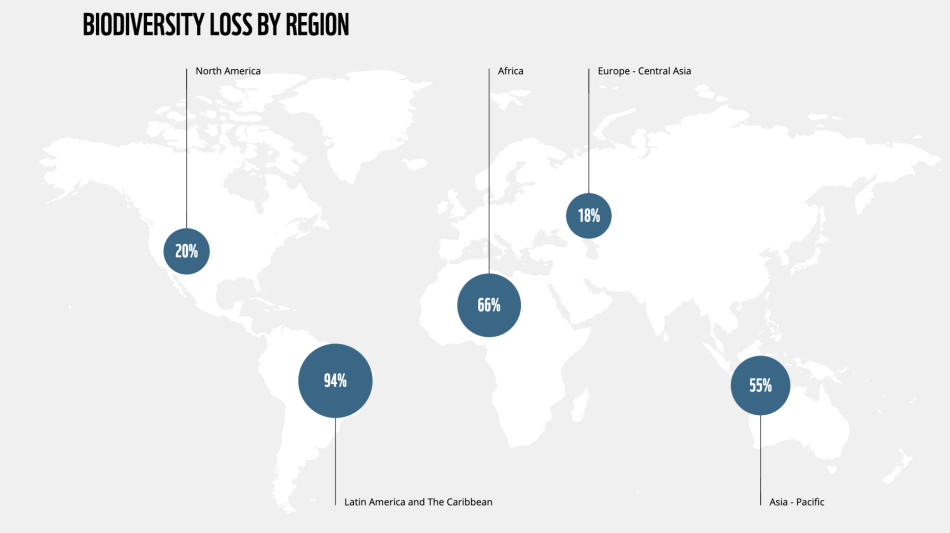
It was also used to persuade governments in Indonesia and South Africa to improve air quality, block a coal-fired power project in Kenya, protect forests from mining in Ecuador and eliminate use of a bee-killing pesticide in Costa Rica, the report said.
The report noted that not all species suffer from climate change. Beetles and moths that attack northern forests survive better in warmer winters and reproduce more in a longer growing season, it said, causing mass die-offs of trees in the northern temperate and boreal zones of North America and Europe.
Meantime, many insects and worms that cause diseases in wildlife and humans have moved into new areas, the report said, bringing new diseases to the high Arctic and Himalayan highlands.
"Land-use change is still the biggest current threat to nature, destroying or fragmenting the natural habitats of many plant and animal species on land, in freshwater, and in the sea," the report said.
"We need system-wide changes in how we produce and consume, the technology we use, and our economic and financial systems," it advised. "Underpinning these changes must be a move from goals and targets to values and rights, in policymaking and in day-to-day life."

